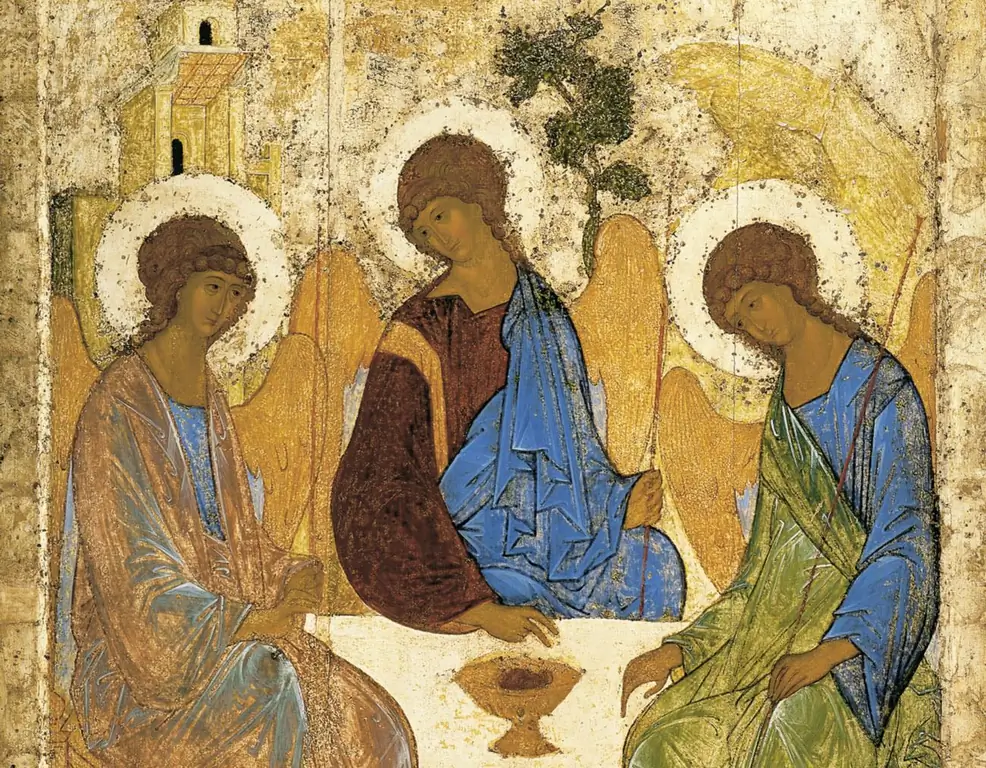- Author Antonio Harrison [email protected].
- Public 2023-12-16 07:44.
- Last modified 2025-01-22 21:44.
After the collapse of the USSR in 1991 and the abolition of communist ideology, some public holidays have lost their relevance. In order not to deprive workers of their usual days off, other reasons for pride were found in the history of Russia.

Instructions
Step 1
On November 7, 1917, a coup d'etat took place in Russia, as a result of which the Bolsheviks came to power. This date became a holiday and was called the day of the Great October Socialist Revolution, until in November 1996 the then President Boris Yeltsin renamed the holiday the Day of Reconciliation and Accord. However, the tradition could not be broken, and November 7 was perceived by both supporters and opponents of communist ideology as another anniversary of the Bolshevik revolution.
Step 2
In 2004, the government expressed its intention to cancel this holiday altogether. To prevent citizens from feeling robbed, an ideologically justified day off was required in return. The nearest suitable date was November 4 - the feast of the Kazan Icon of the Mother of God, associated with important historical events that took place in Russia at the beginning of the 17th century.
Step 3
After the death of Ivan the Terrible and Boris Godunov's accession to the throne in 1598, a very difficult period began in the country, known as the Time of Troubles, or Troubles. Several lean years and a terrible famine brought the country's economy into the abyss. The discontent of the people was fueled by representatives of the boyar families, who themselves dreamed of sitting on the royal throne.
Step 4
Boris's power was, in modern terms, illegitimate, since he was only the brother-in-law of the legal heir Fyodor Ioannovich. In addition, persistent rumors circulated throughout the country that the mercenaries sent by Boris killed the youngest son of John IV, Dmitry - it was God's wrath against the murderer that explained all the punishments that befell Russia. Power weakened, lawlessness intensified, crime grew.
Step 5
The Polish king took advantage of the difficult situation by supporting the impostor false Dmitry in his claims to the Russian throne. In 1604, the Polish intervention began, in June 1605, the Poles occupied Moscow. In May 1606, the impostor was killed during the uprising raised by the boyar Shuisky, the Poles were expelled from Moscow. However, most of the country remained under occupation.
Step 6
The inability of the Russian boyars to negotiate with each other and sacrifice selfish interests for the good of the country led to the fact that in September 1610 the Polish army under the command of the prince Vladislav occupied Moscow, and a year later the Crimean Tatars ruined Ryazan.
Step 7
The atrocities perpetrated by the occupiers aroused popular anger. In 1612, the zemstvo headman from Nizhny Novgorod, Kuzma Minin, gathered a militia ready to fight the Poles. Minin invited Prince Dmitry Pozharsky to command the people's army.
Step 8
On November 4, 1612 (according to the Gregorian calendar), the militia of Minin and Pozharsky drove the Poles out of Kitai-Gorod, and on November 9, the Polish garrison that occupied the Kremlin surrendered. Prince Pozharsky entered Kitai-Gorod with an icon of the Kazan Mother of God in his hands, and then, becoming a co-ruler of the Russian state before the election of a new tsar, he introduced the local (Moscow) veneration of this icon.
Step 9
Two months later, an all-estates Council took place, at which representatives of all cities and estates of Russia elected a new tsar, Mikhail Fedorovich Romanov. However, the Poles did not accept their defeat and until 1618 made attempts to seize Russia.






